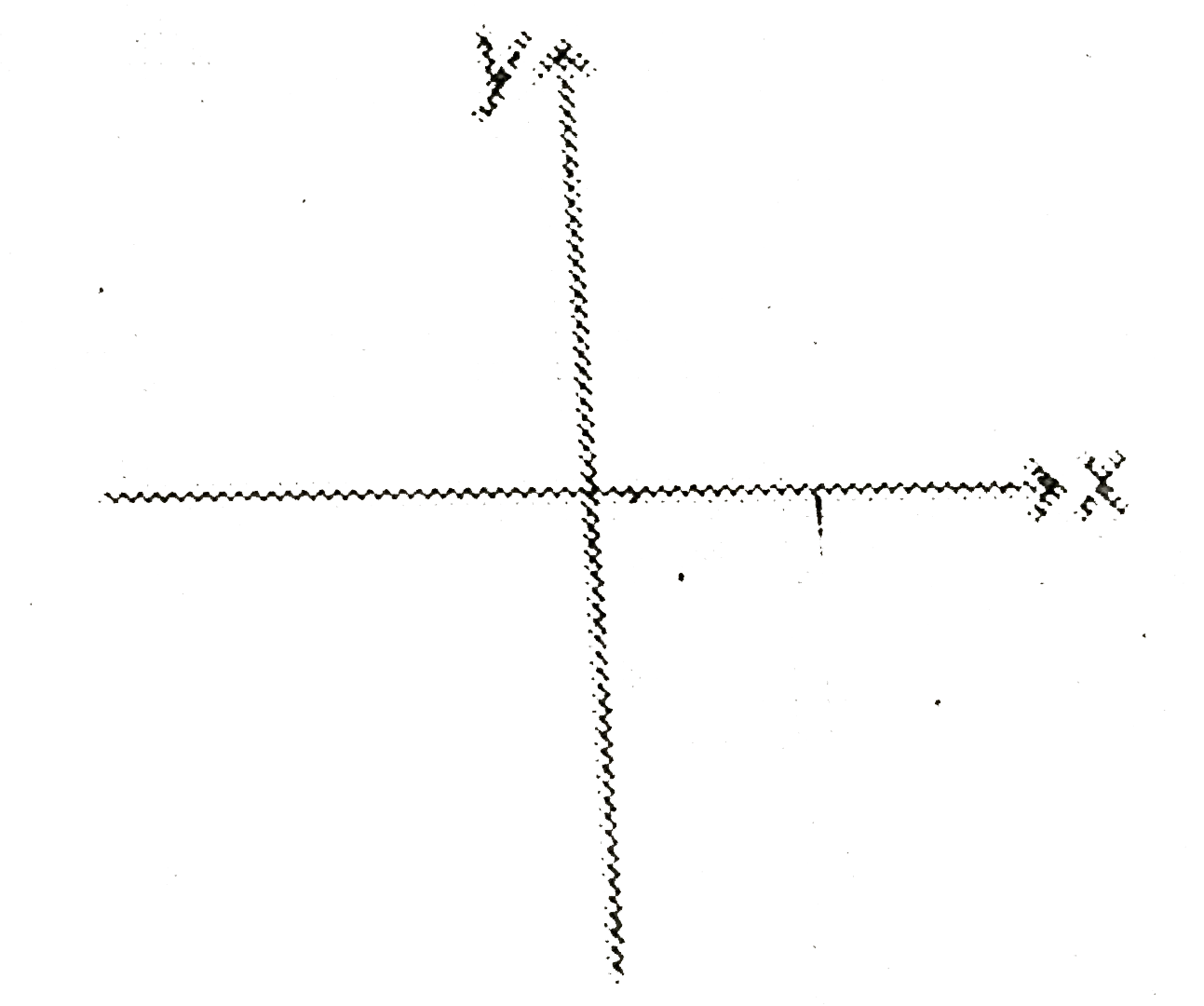A point mass oscillates along the x-axis according to the law x=x0cos(ωt−π/4). If the acceleration of the particle is written as a=Acos(ωt+δ), the .
A=x0,δ=−π/4
A=x0ω2,δ=π/4
A=x0ω2,δ=−π/4
A=x0ω2,δ=3π/4
The correct Answer is:D
∵x=x0cos(ωt−x4)
∴v=dxdt=−x0ωsin(ωt−π4)
⇒a=dvdt=−x0ω2cos(ωt−π4)
=x2ω2cos(π+ωt−π4)
⇒x0ω2cos(π+ωt−π4)=Acos(ωt+∂)
⇒A=x0ω2 and δ=π−π4=3π4
Topper's Solved these Questions
- SIMPLE HARMONIC MOTIONBOOK - ALLENCHAPTER - SIMPLE HARMONIC MOTIONEXERCISE - Exercise-05 [B]
12 Videos
- SIMPLE HARMONIC MOTIONBOOK - ALLENCHAPTER - SIMPLE HARMONIC MOTIONEXERCISE - MCQ s one or more than one correct answers
5 Videos
- SIMPLE HARMONIC MOTIONBOOK - ALLENCHAPTER - SIMPLE HARMONIC MOTIONEXERCISE - Exercise-04 [B]
105 Videos
- RACEBOOK - ALLENCHAPTER - RACEEXERCISE - Basic Maths (Wave Motion & Dopplers Effect) (Stationary waves & doppler effect, beats)
24 Videos
- TEST PAPERBOOK - ALLENCHAPTER - TEST PAPEREXERCISE - PHYSICS
4 Videos
Similar Questions
A point mass oscillates along the x-axis according to the law x=x0cos(ωt−π/4). If the acceleration of the particle is written as a=Acos(ωt+δ), the .
View SolutionA particle moves on the X-axis according to the equation x=x0sin2ωt. The motion simple harmonic
View SolutionA particle moves in the x−y plane , accoding to the equation, r=(ˆi+2ˆj)Acosωt. The motion of the particle is
View SolutionA particle oscillates with S.H.M. according to the equation x=10cos(2πt+π4). Its acceleration at t=1.5s is
View SolutionA particle moves along the x-axis according to the equation x=asinωt+bcosωt. The motion is simple harmonic with
View SolutionA particle moves on the X-axis according to the equation x=5sin2ωt. The motion simple harmonic
View SolutionA particle with a mass of 0.2 kg moves according to the law
s=0.08cos(20πt+π4)
Find the velocity of the particle, its acceleration and the acting force, as well as the amplitudes of the respective quantities.
View SolutionA particle moves along x-axis according to relation x=1+2sinωt. The amplitude of S.H.M. is
View SolutionA xandy co-ordinates of a particle are x=Asin(ωt)andy=Asin(ωt+π/2). Then, the motion of the particle is

View SolutionThe displacement of a particle is represented by the equation y=3cos(π4−2ωt).
The motion of the particle is
View Solution